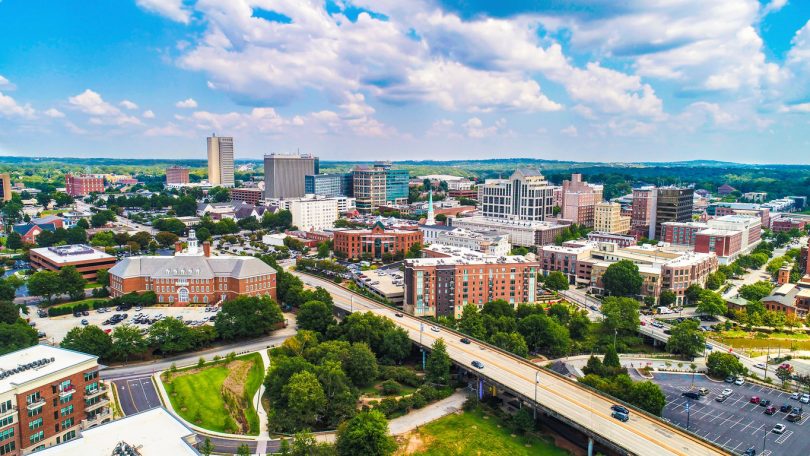[ad_1]
For more than a century, Greenville, South Carolina, and its surrounding counties formed what was considered the textiles capital of the world. Then globalization took the textiles industry overseas.
But it took just one company’s insight—well, one large automotive manufacturer’s insight—into what the region had to offer to turn the area’s economy around, says John Lummus, president and CEO of regional economic development agency Upstate SC Alliance.
Lummus spoke to a group of roughly 100 Capital Region civic and business leaders attending the Baton Rouge Area Chamber’s Regional Canvas Benchmarking Workshop to learn about the economic development strategies at work in Greenville.
In 1992, BMW announced plans to open its first plant outside of Germany, in Greenville. Three decades later, after an initial investment of $200 million, Greenville is now home to the largest facility in the automaker’s footprint, where 450,000 cars are expected to be produced this year and 11,000 people are employed.
Lummus says there are now more than 100 German companies that have set up shop in the region. “You can’t always say one industry has that big of an impact, but in this case it does.”
The Greenville Chamber predicts the region’s population will grow 40% by the year 2040.
Greenville has an interstate highway, proximity to the global port in Charleston, and a workforce pipeline of technical colleges as well as Clemson University. It’s not dissimilar to Baton Rouge with Interstate 10, the Mississippi River, and LSU and Southern University.
Over the next two days on BRAC’s canvas trip the Baton Rouge delegation will talk with Greenville’s leadership about the different strategies, incentives and pathways for economic development the city has used over the past three decades as it shed its textiles title.
[ad_2]
Source link








